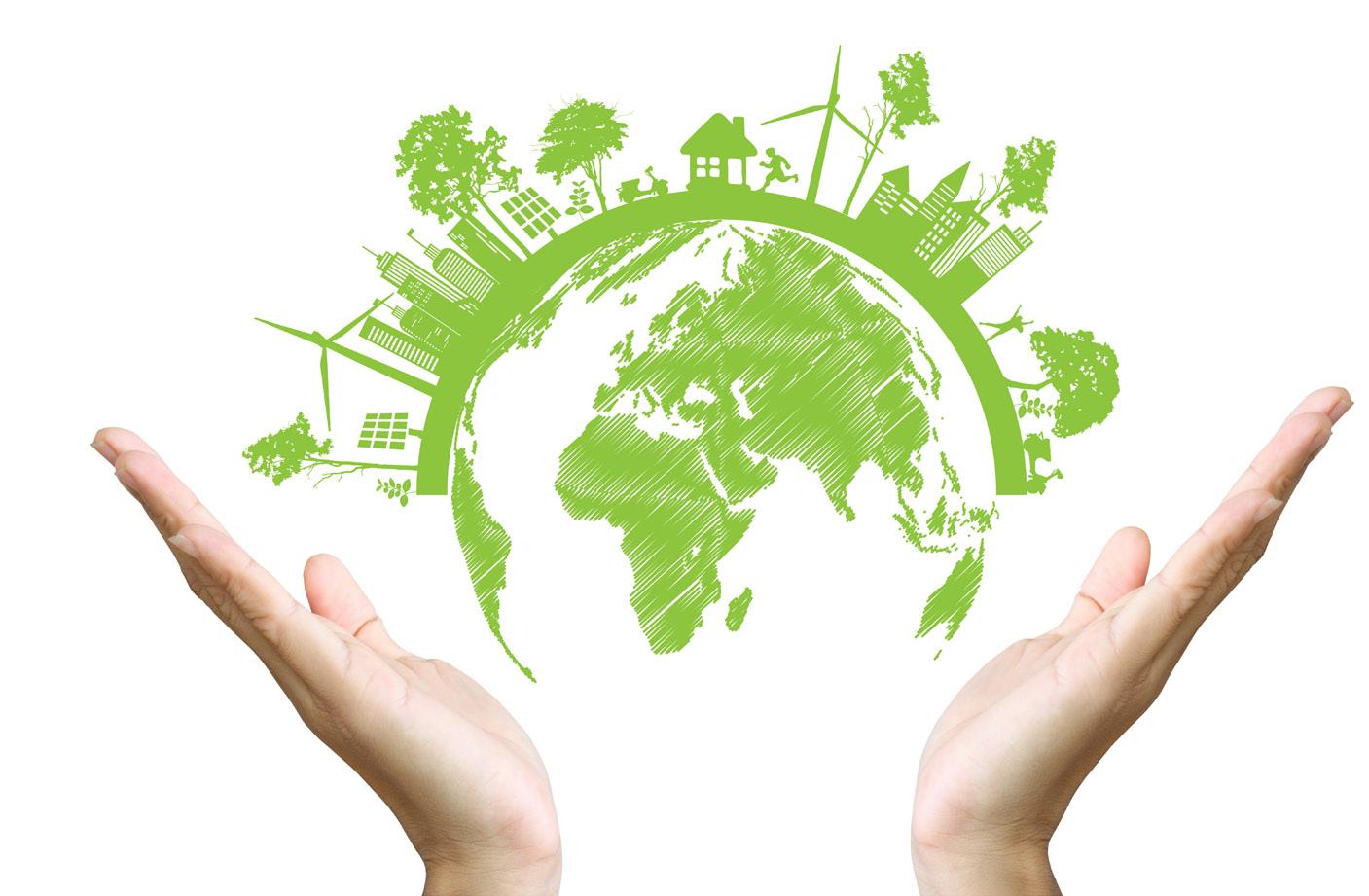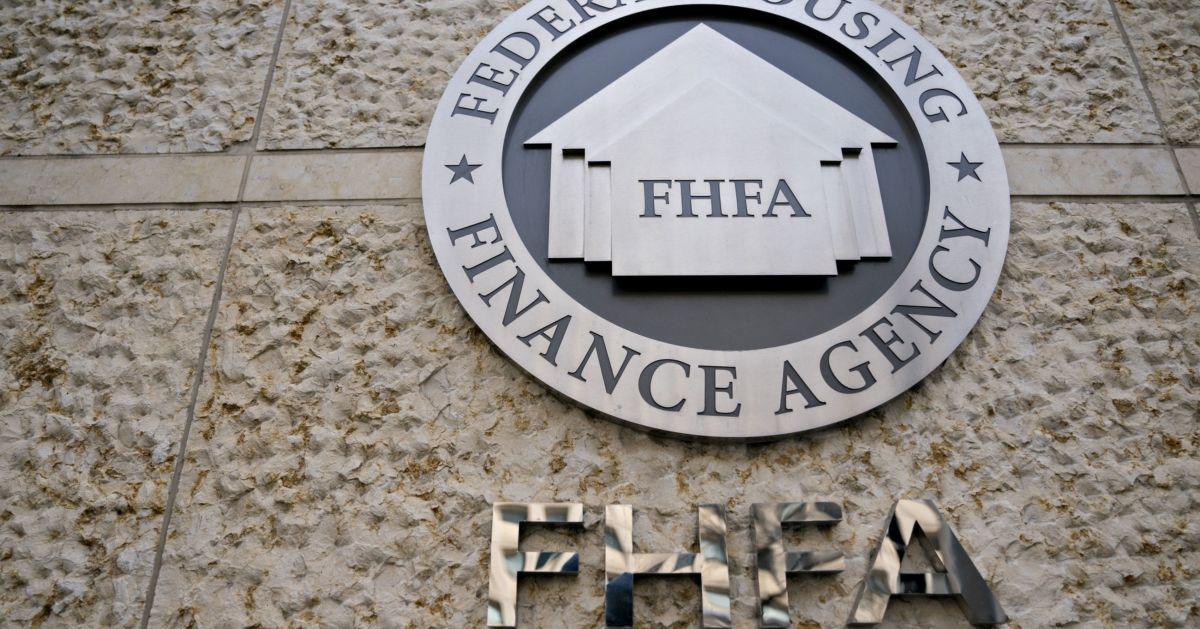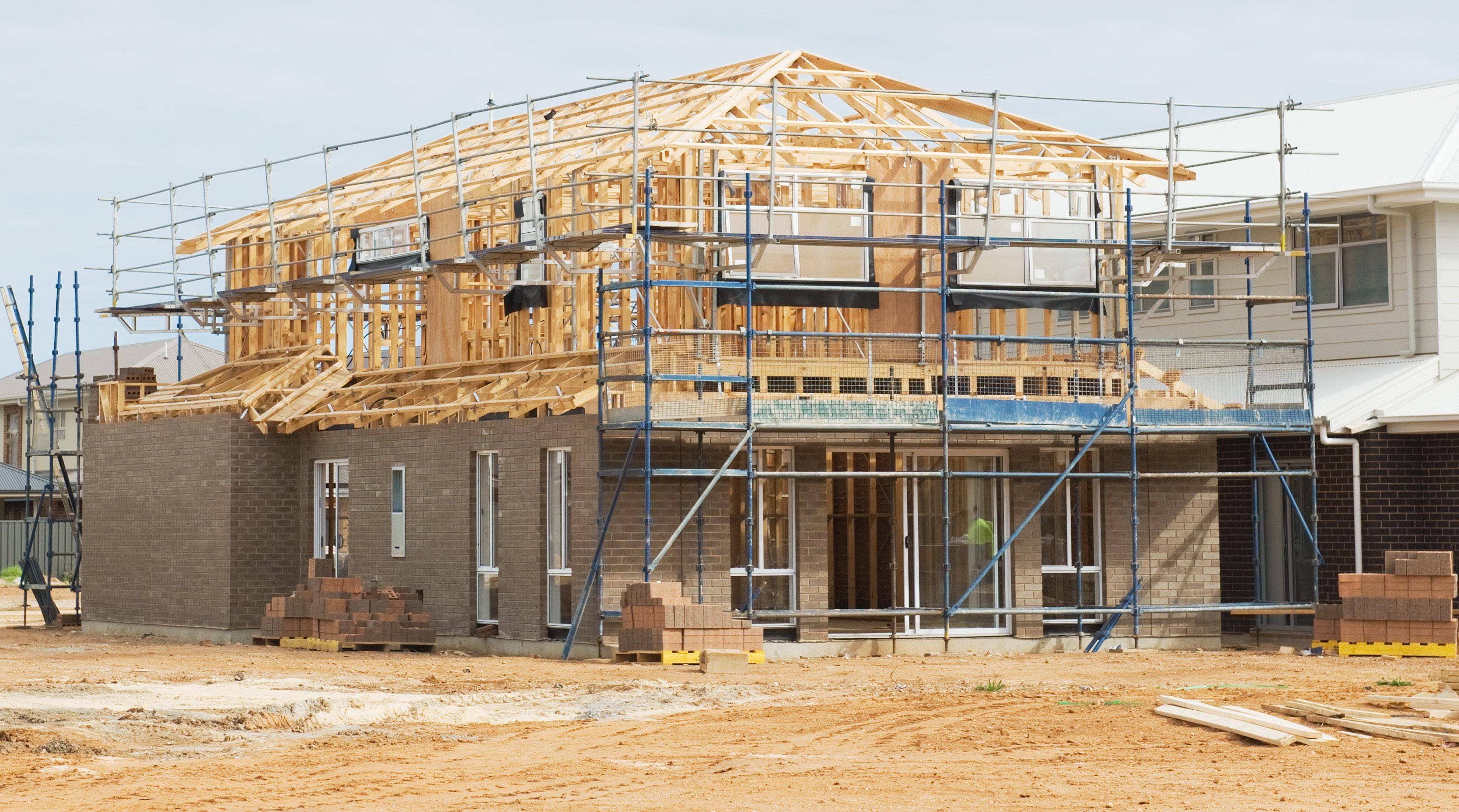
4 minute read
To achieve green goals, we need
TO ACHIEVE GREEN GOALS, WE NEED TO RETHINK SYSTEMIC CHANGE, CIRCULAR ECONOMIES, AND CLIMATE ACTION
The world is currently facing one of the most decisive moments in human history. With rising temperatures converging with a global pandemic linked to environmental degradation, we now have to make a choice: to prioritize sustainability on all fronts or risk extinction. And as naturally self-preserving beings, the latter is not an option.
That is why the global community has, to a significant extent, sought to pursue green objectives - beginning with the Earth Summit of Rio de Janeiro in 1992, to the recent Paris Climate Agreement and the United Nations Sustainable Development Goals of 2015. These highly ambitious goals for the environment seek to cut down on greenhouse gas emissions - that is, the release of gases such as carbon dioxide which deplete the ozone layer and result in the heating up of the earth. They also seek to cut back on environmental degradation and conserve natural habitats and resources - including oceans and forests.
The real estate industry is a prime culprit in the current climate crisis. According to the Intergovernmental Panel on Climate Change, about 6% of global greenhouse gas emissions are directly linked to buildings. Besides, the production of the energy needed to sustain them - that is, electricity and heat - takes up another 25%. And in highly industrialized countries like the United States and parts of Europe, buildings account for 40% of emissions.
While real property businesspersons often have a nonchalant attitude towards green business models, this challenging moment the globe faces must inspire a rethink. At the least, the disruption brought on by the COVID-19 pandemic has made us realize that we cannot afford to continue business as usual.
There is a dire need for systemic change: a holistic reform that shifts from the conventional linear production models to circular models. In that way, the real estate sector can take the lead in the battle for the planet’s health.
CIRCULAR ECONOMIES: A KEY TO BALANCING ECONOMIC GROWTH AND CLIMATE ACTION
The corporate sector, including real estate, is usually wary of discourses around environmental sustainability because there is a misconception that it disregards economic prosperity. But that is not so: green goals can be achieved by adopting circular economies, and circular economies, in turn, maximize production and wealth.
To understand what we mean by circular economies, or models, let us begin by looking at the traditional means of production. In constructing houses, for instance, we start by extraction - quarrying limestone or cutting trees for wood. Then we manufacture finished products - such as cement or furniture from the raw materials extracted. Then we construct buildings, and while at it, generate waste like wood shavings. Now, the world population would keep growing, and older houses would age and have to be torn down. Thus we eternally would need to continue extracting, and that is not sustainable. The earth’s resources, however massive, are limited after all.
As we can’t keep exploiting the planet in such a manner, we have to figure out ways to obtain new products from existing materials. Such a system would mean that there is reduced input of novel raw materials and zero waste. That is why it is circular.
CIRCULAR ECONOMIES GUARANTEE FINANCIAL RETURN
An all-encompassing shift to circular systems in the real estate sector will not only help save the planet - it will also guarantee some financial return. According to recent research titled: “From Principles to Practices: Realising the value of circular economy in real estate,” led by Arup and the Ellen MacArthur Foundation, if real estate businesses rethink the current production models and go for circular economy principles instead, they could achieve better performance on the financials.

IN THEIR OWN WORDS: “The core idea is to adopt new business models to capitalize on changing spaces. By delivering more flexible, adaptable, and deconstructable buildings - and procuring services instead of products, investors move from making a one-time bet to owning more productive, agile, and less damaging assets that offer new revenue streams and greater residual value.”
CIRCULAR ECONOMIES MAXIMIZE PROJECTED MARKET TRENDS
The real estate market is increasingly dominated by the eco-conscious Millenials, and the Gen Z generation will soon catch up. This market segment seeks out products and services that minimize their carbon footprint. And any prudent real estate business person should seek to take advantage of this trend by going green.
CONCLUSION
The real estate industry significantly contributes to climate change and environmental degradation, given its intensive resource use and waste generation. The Covid-19 pandemic’s disruption of market trends has shown that we need to rethink how we do business. We have to place green goals at the center of our business models to beat the climate crises and maximize profits. Killing two birds with one stone - that is wisdom.
References
https://blog.mipimworld.com/innovation/real-estate-thechallenge-circular-economy/ https://www.rethinkglobal.info/7-circular-economy-benefitsfor-business/ https://www.ellenmacarthurfoundation.org/news/value-of-thecircular-economy-in-real-estate-revealed-in-new-report https://www.ellenmacarthurfoundation.org/circular-economy/ concept










